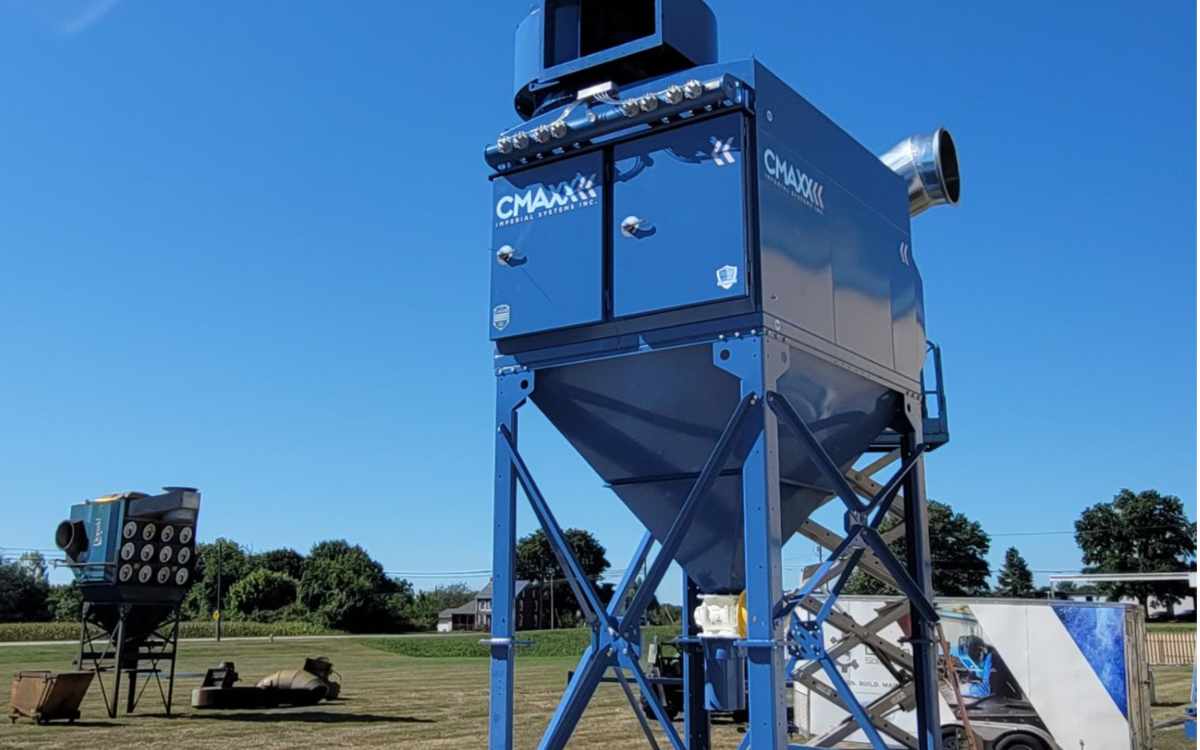In the world of precision craftsmanship, the art of milling plastic in eyeglass lens manufacturing has become a crucial process in providing individuals with clear vision. However, behind the innocuous task lies an invisible danger. It is the generation of fine dust particles that can pose serious risks to both workers and the overall production environment.
Milling plastic eyeglass lenses involves the precision cutting and shaping of materials to meet the unique prescriptions of individuals. This process produces a fine dust particulate. These particles are often invisible to the naked eye. They can contain harmful substances and pose health hazards to workers if proper precautions are not taken.
Health Risks for Workers
Workers involved in the milling process are at a heightened risk of inhaling the fine dust particles released during the operation. The composition of plastic eyeglass lenses can vary, but many formulations include polymers and additives. When milled, these particles become airborne and can become respiratory irritants. Prolonged exposure to these airborne particles may lead to respiratory issues, including coughing, wheezing, and in extreme cases, more severe respiratory conditions.
Moreover, certain plastic materials used in eyeglass lenses may contain hazardous substances such as bisphenol A (BPA) or phthalates. Inhaling dust containing these chemicals can have long-term health implications, including hormonal disruptions and potential carcinogenic effects. Protecting the respiratory health of workers is not only a moral imperative but also a legal obligation for employers.
 Manufacturing Impact
Manufacturing Impact
Beyond the immediate health risks to workers, the release of these dusts into the environment can have broader consequences. Fine particles can settle on machinery and surfaces, and even contaminate adjacent work areas. This not only compromises the quality of the eyeglass lenses being produced but also poses challenges to maintaining a clean and efficient manufacturing environment.
The Role of Dust Collection in Eyeglass Lens Manufacturing
To mitigate the dangers associated with dust generated from plastic eyeglass lens manufacturing, implementing robust dust collection systems is paramount. Dust collection involves capturing and removing airborne particles at the source and preventing their dispersion into the air. This not only safeguards the health of workers but also contributes to maintaining a clean and organized workspace.
Apart from the health and environmental benefits, dust collection systems enhance the overall efficiency and precision of the milling process. Uncontrolled dust can interfere with machinery, leading to increased downtime and maintenance costs. By investing in effective dust collection, manufacturers can optimize production workflows, reduce downtime, and ensure consistent product quality.
Regulatory standards and workplace safety requirements further underscore the importance of dust collection in the milling of plastic eyeglass lenses. OSHA mandates the implementation of measures to control and mitigate occupational exposure to hazardous substances. Failure to comply with such regulations not only jeopardizes the well-being of workers. But it also exposes manufacturers to legal and financial repercussions.
In the pursuit of precision and clarity, it is imperative to acknowledge and address the hidden dangers associated with the dust generated in plastic eyeglass lens manufacturing. The health risks for workers, potential environmental impact, and the broader implications for manufacturing efficiency highlight the critical need for dust collection systems in this industry. By prioritizing the implementation of these systems, manufacturers can ensure a safer, healthier, and more efficient workplace, delivering high-quality eyeglass lenses while safeguarding the well-being of their workforce.


